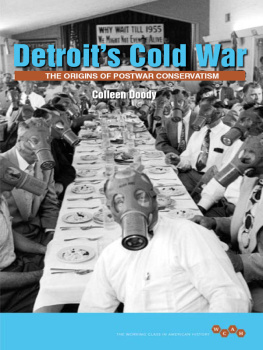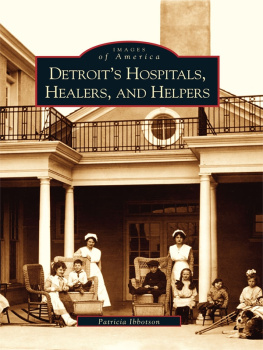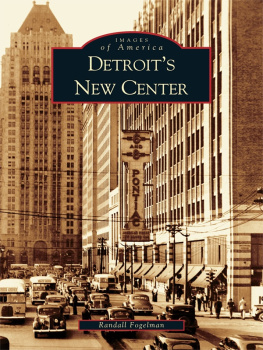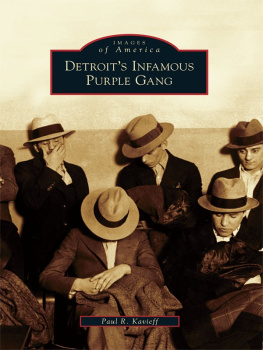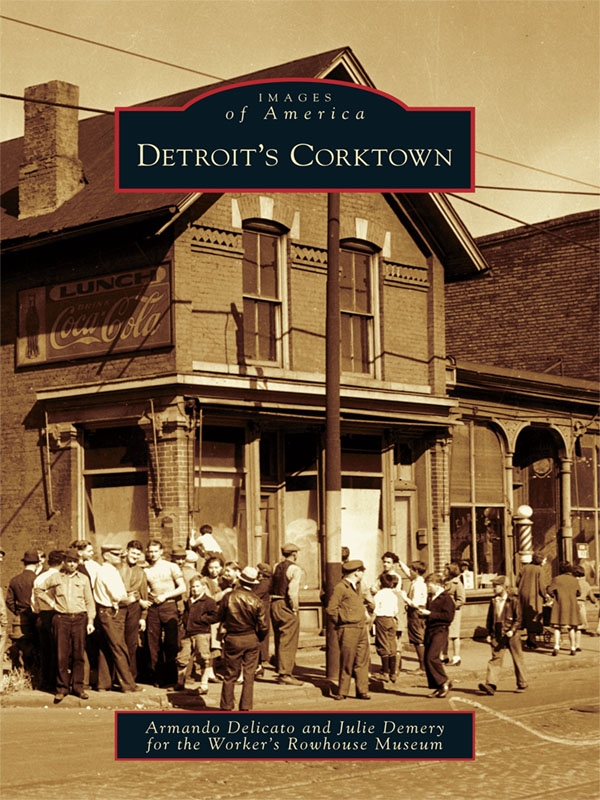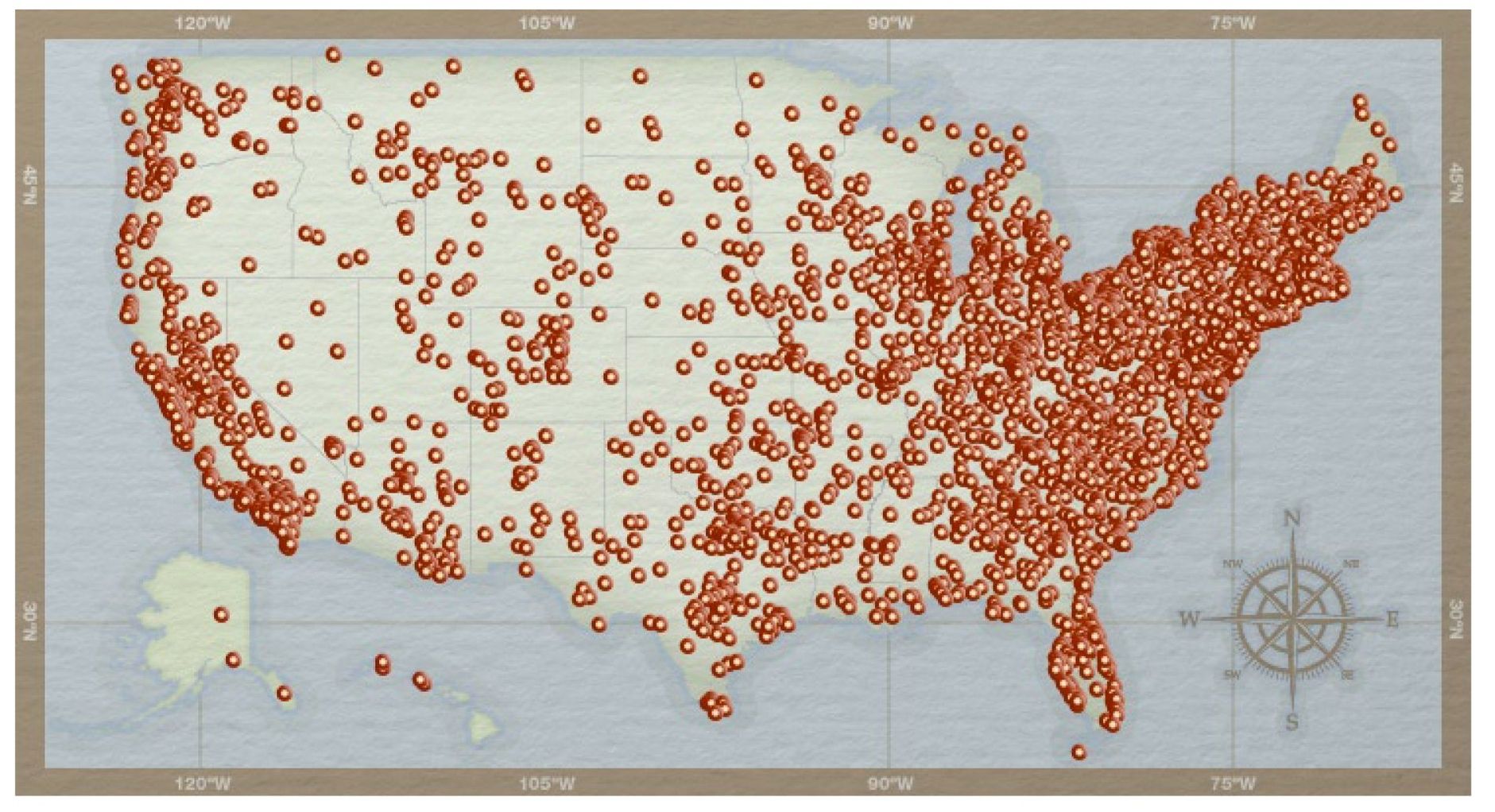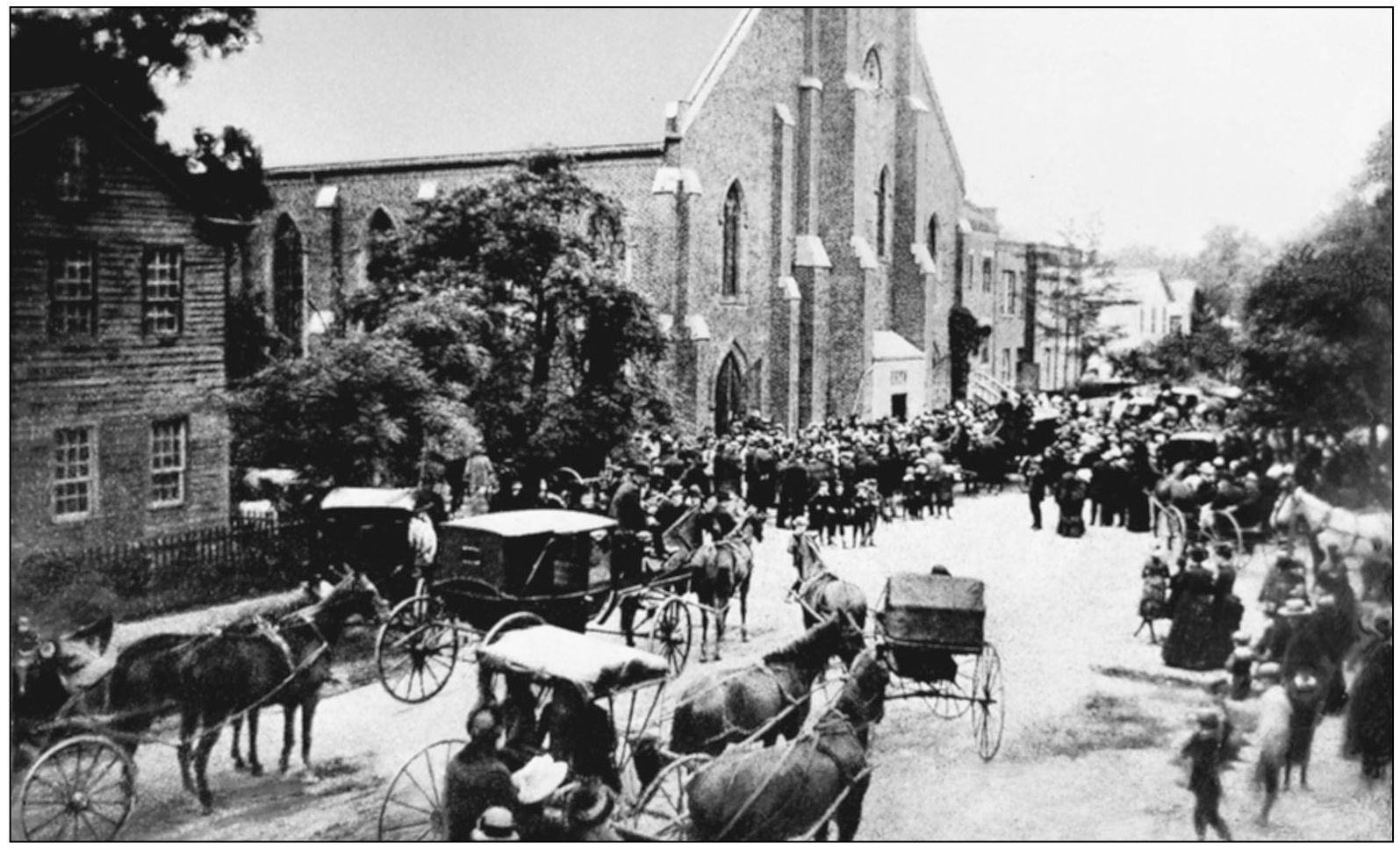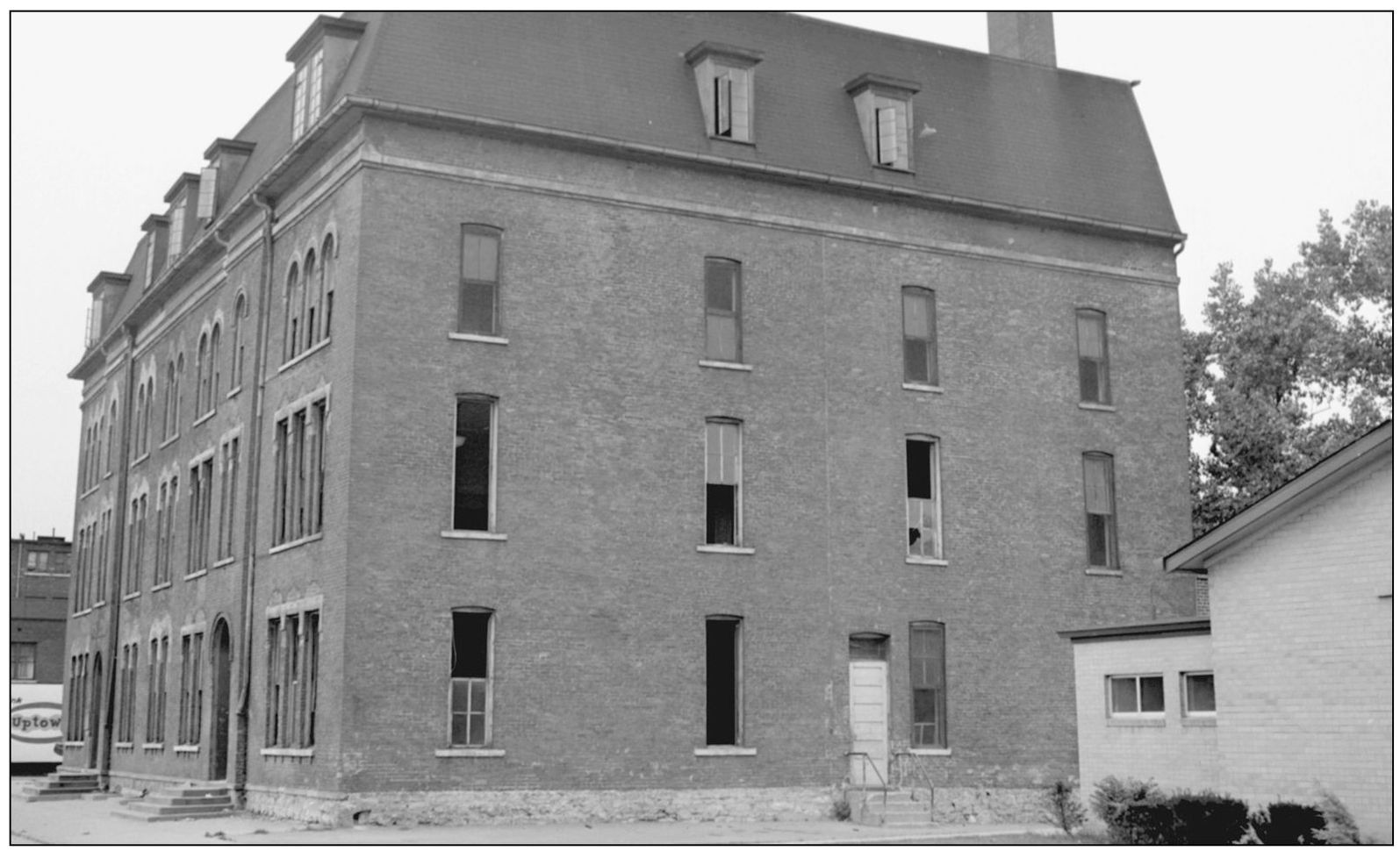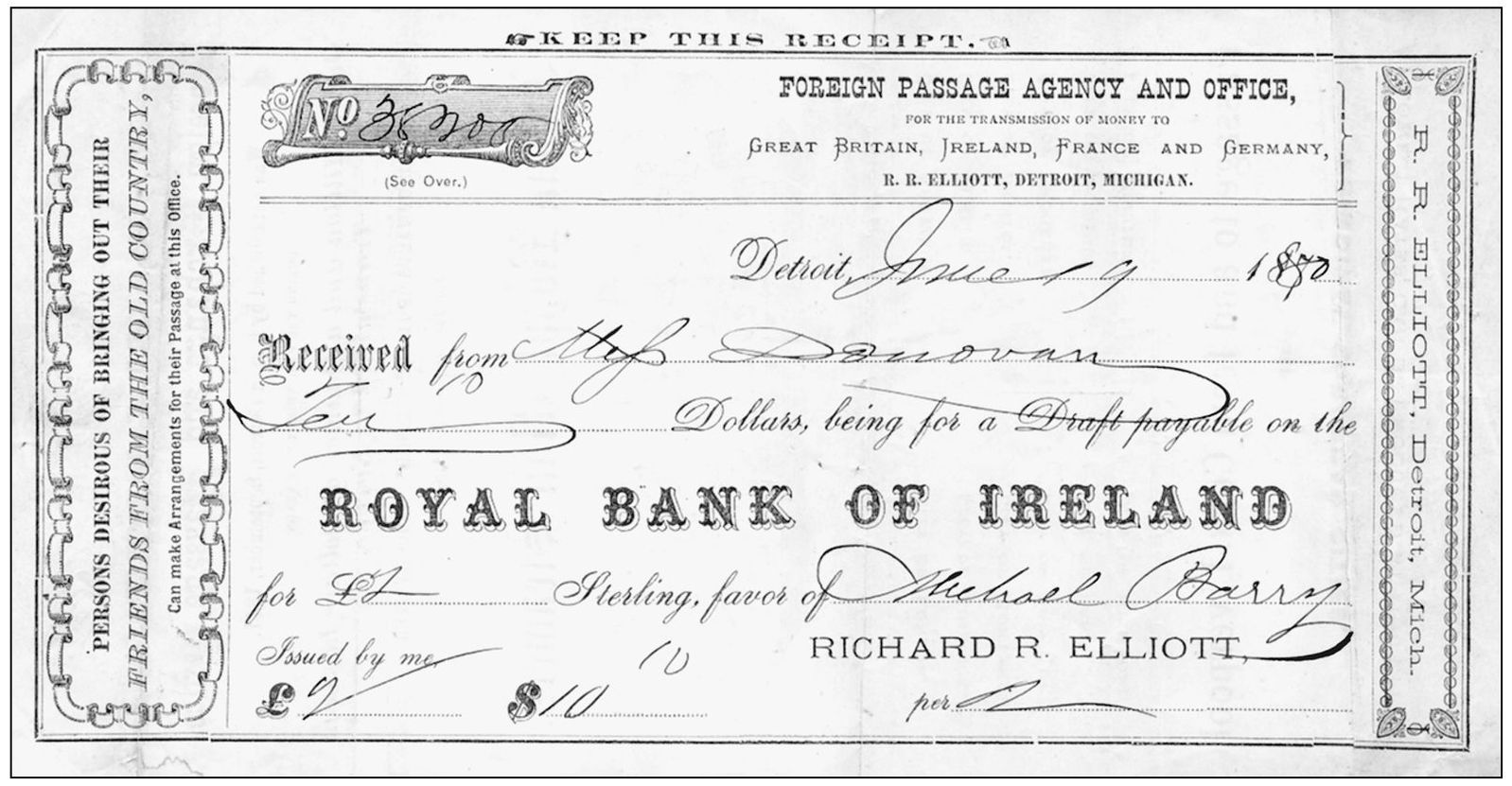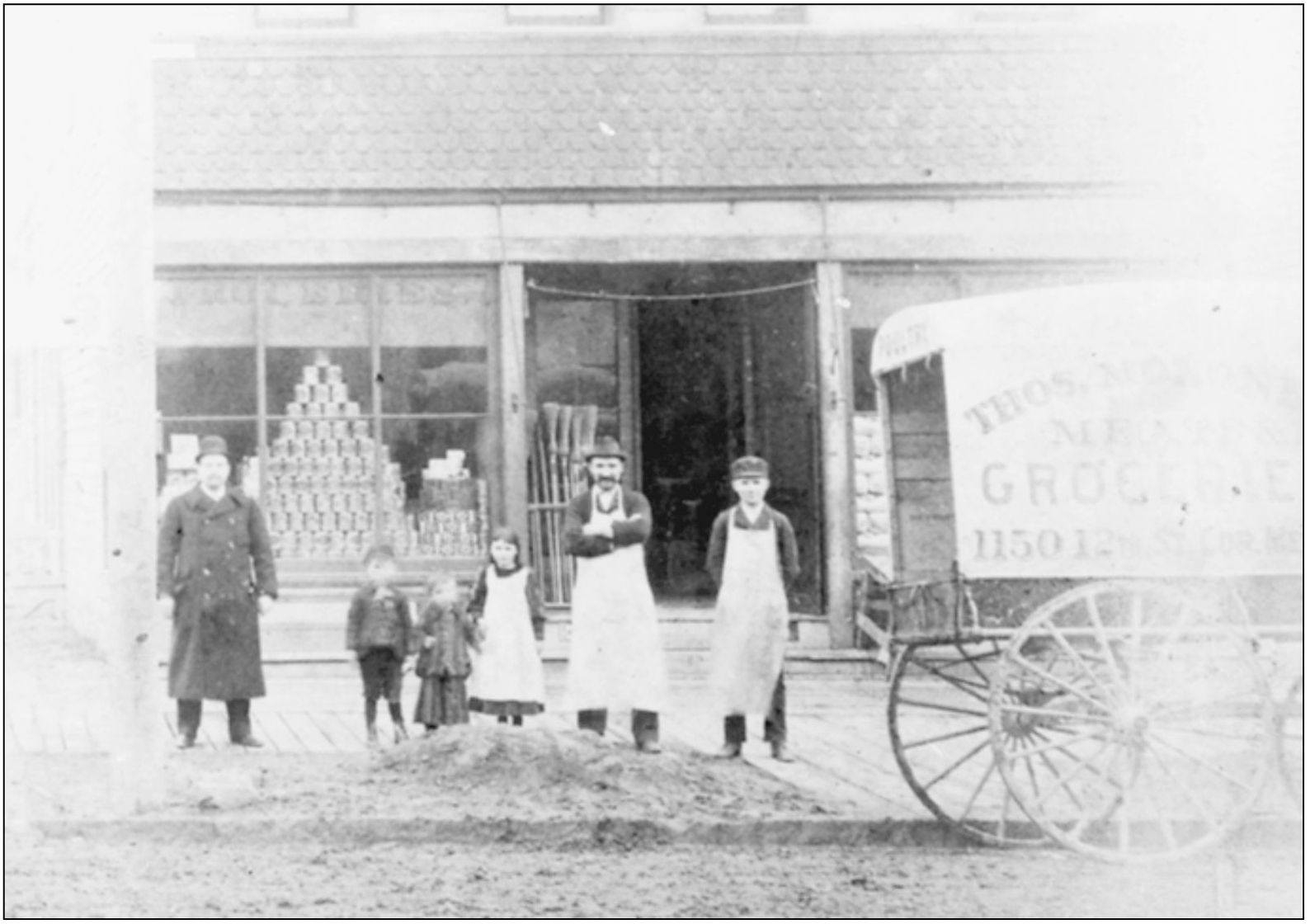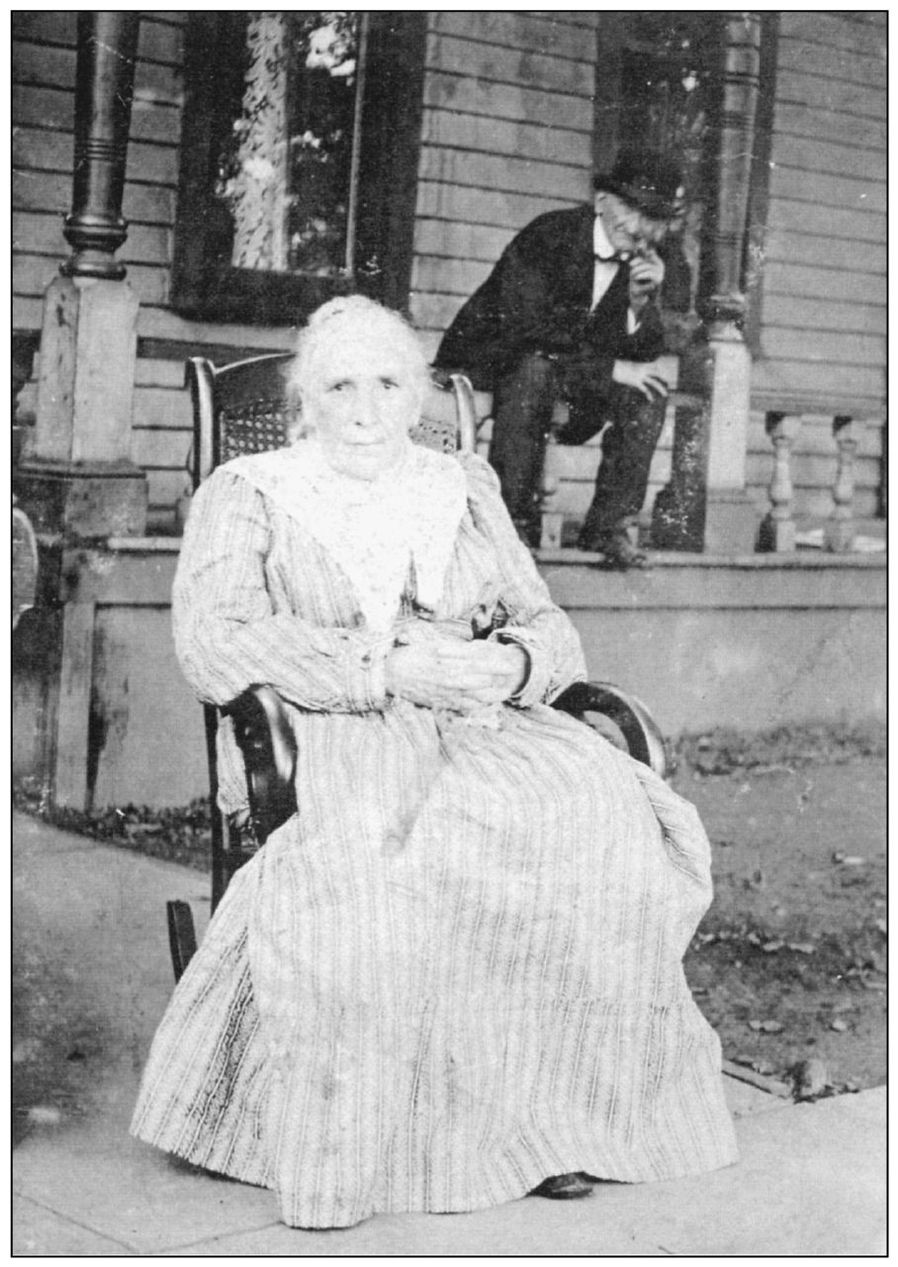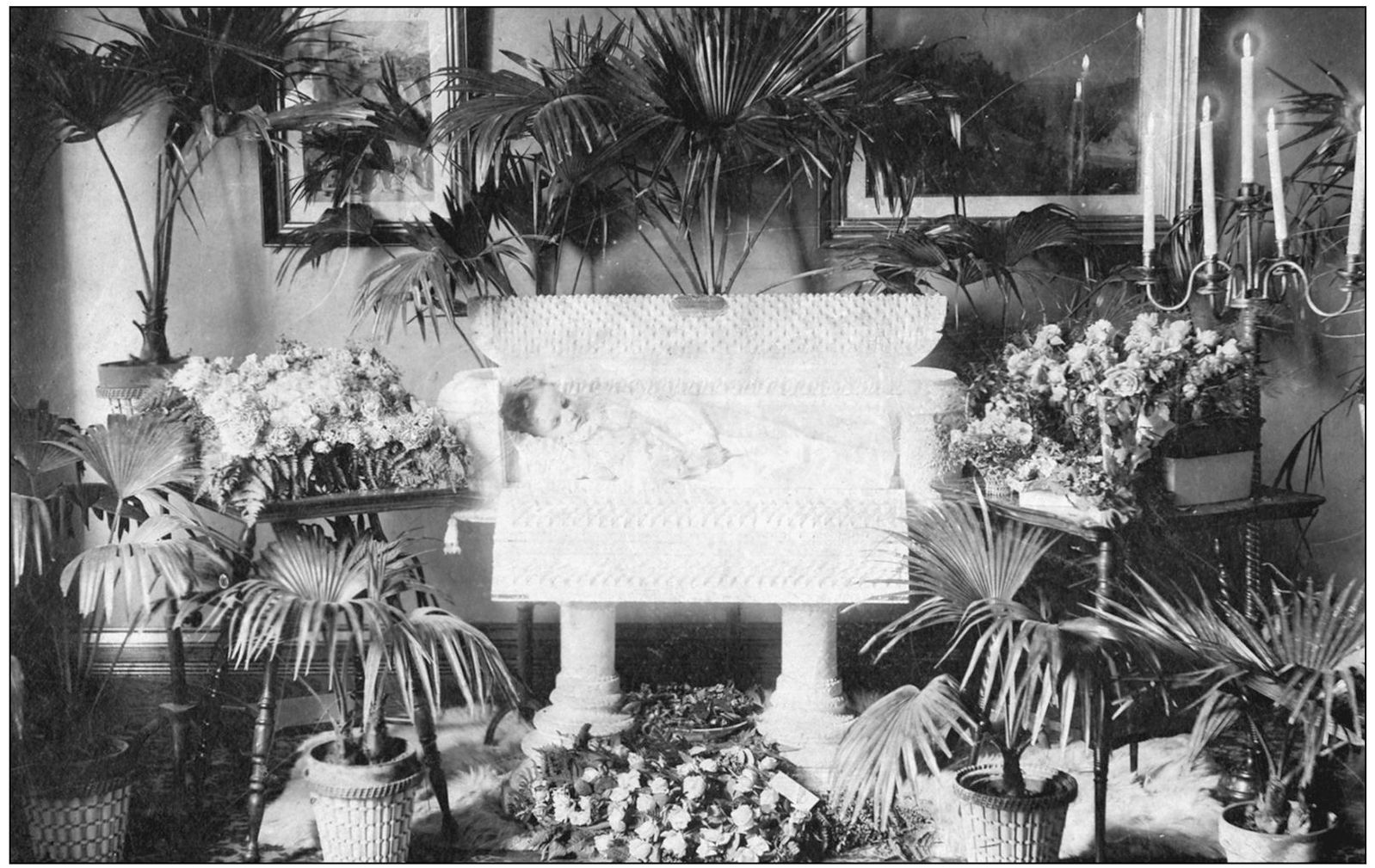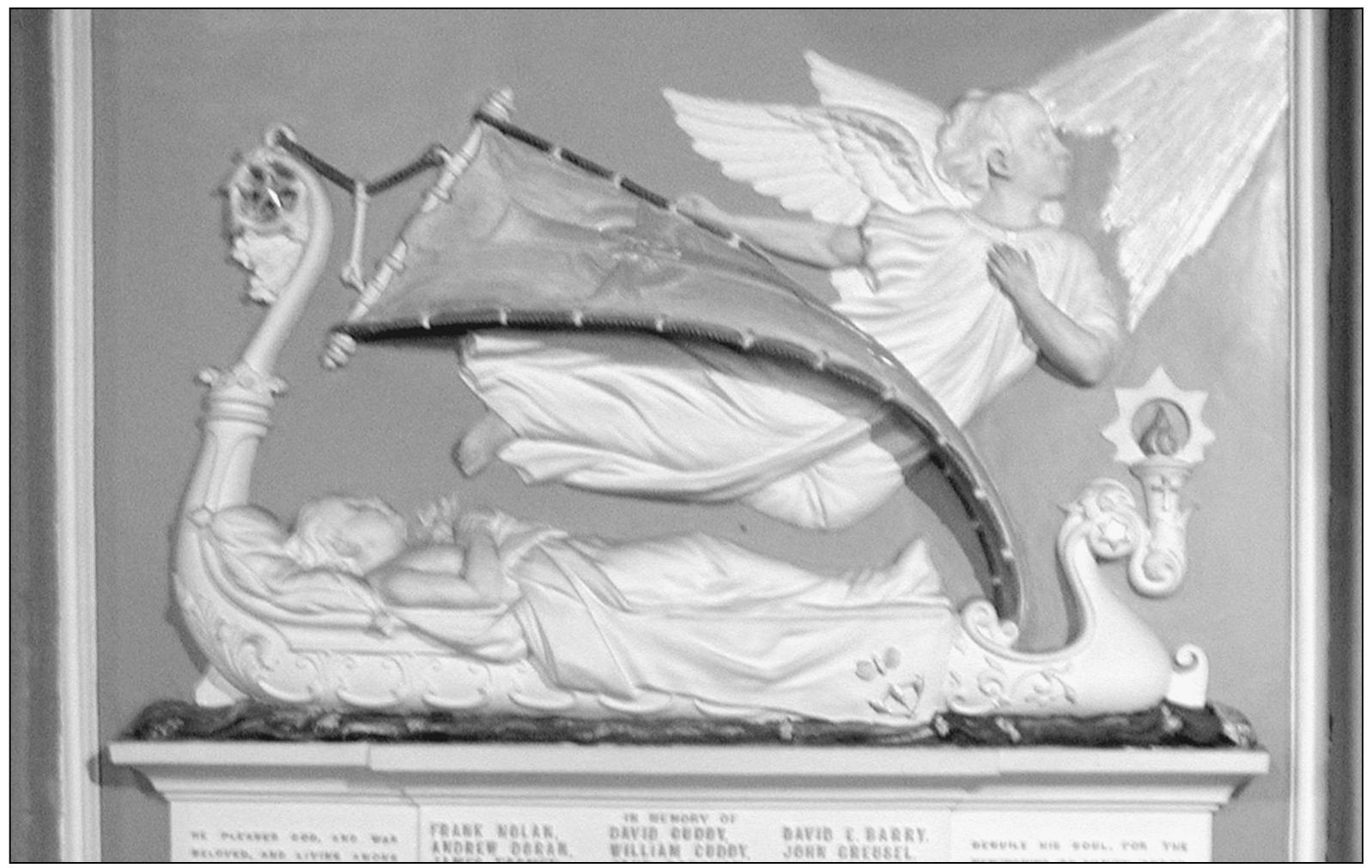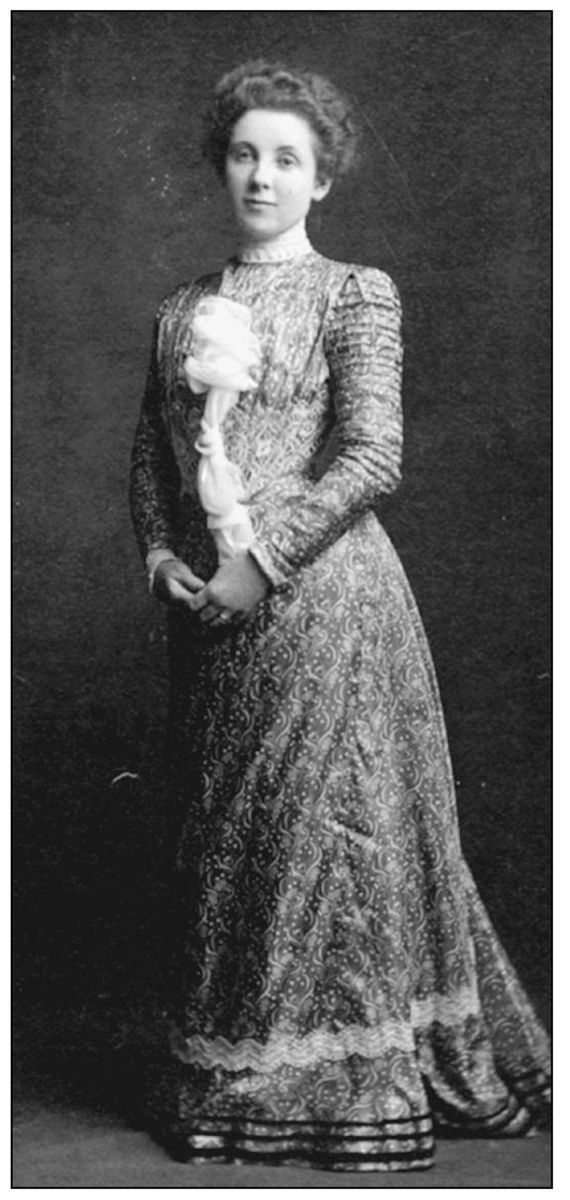One
EARLY HISTORY
Following the opening of the Erie Canal in 1825, Detroit was no longer isolated on the frontier. The fertile lands of Michigan and the discovery of natural resources in the Upper Peninsula made Detroit a logical place for industrial and commercial growth. As settlers poured into the city, the boundaries were pushed east, north, and west. By the 1830s, the farms in the area known as Corktown were subdivided. The growing population of Ireland combined with the political oppression and increasing poverty of most of its people spurred many of its citizens to migrate. Although Corktown was not the first Irish neighborhood in Detroit, it rapidly became the center of Irish life. By the 1840s, Most Holy Trinity Church was moved on rollers to its present location to serve the growing population. The present church was built as a shell around it and, upon completion, the old building was removed from the interior of the new one. Soon after, other churchesCatholic, Episcopal, Lutheran and other Protestant parisheswere built to serve the increasingly diverse population of Corktown. Germans, both Catholic and Protestant, also moved into the neighborhood in large numbers.
From the beginning, a distinct characteristic of Corktown was the working-class nature of its population. Although some of Detroits gentry lived along Fort Street during the 19th century, and some community leaders lived in grand houses along Trumbull Avenue and other streets, the majority of Corktown residents worked in the factories, on the docks, or in small retail establishments. Corktown in the 19th century was a neighborhood of hardworking people, mostly immigrants or their children, who sought to achieve the American dream.
As Corktowns Irish population grew, Most Holy Trinity Church was moved on rollers in 1849 to its present site on Porter Street and Sixth Street. During its history, it has served as a hospital for plague victims, a school, and a community center for the neighborhood. It has provided the community with spiritual, social, and financial assistance when needed. Pictured here is a crowd gathered for a funeral in the late 1800s. (Courtesy of Deborah Goldstein.)
Most Holy Trinity Church opened a school by 1850. The church ran a school for boys and a school for girls. This building, on Porter and Seventh Streets, was begun in 1858 as the girls school with a boys school down the street. The building continued to serve the parish until it was demolished in the 1950s for the urban renewal district. (Courtesy of the Walter P. Reuther Library, Wayne State University.)
Sending money back home to Ireland was a sacred duty of the Irish immigrants, either to finance the passage of a loved one to America or to ease the burden of poverty back home. The Richard Elliot office managed both remittances of money and the travel to America for relatives of Detroits Irish. Shown above is a $10 draft sent by Julia Ann Donovan to her uncle Michael Barry of County Kerry, Ireland.
Arriving in 1880 from Castlebar, County Mayo, Ireland, Thomas Eugene Maloney set out to support his family of 11 children. He is pictured here with his arms folded beside three of his children who, from left to right, are Joseph, Frances, and Maybelle. The other two gentlemen are unidentified.
Ann Ryan Maloney and her husband, David Maloney, from Castlebar, County Mayo, Ireland, are seated during the 1890s in front of the 384 Seventeenth Street Corktown home of their daughter Maria, her husband Michael Kelley, and their 10 children. Shown below is a copy of the deed to the house. Notice that the original owners of the property were the Potowatomi Indians.
Tragically, many children died in infancy during the 19th and early 20th centuries. Many families, including that of Thomas Moloney, suffered the loss. Most wakes took place in the home where family and neighbors gathered for consolation. Children were buried in white caskets to recognize their innocence.
This white bronze tablet was erected inside Most Holy Trinity Church in 1881 to honor the memory of 17 altar boys and other members of the congregation who drowned in the Detroit River while on a parish outing on the pleasure boat Mamie , on July 22, 1880. (Courtesy of the Walter P. Reuther Library, Wayne State University.)
Mary Ellen Sullivan, like many of the young women that grew up in Corktown, decided to dedicate her life to God and became a member of the Order of St. Joseph. This high school graduation picture, taken in 1892, was her last in civilian clothes. She taught at parochial schools for many years.



